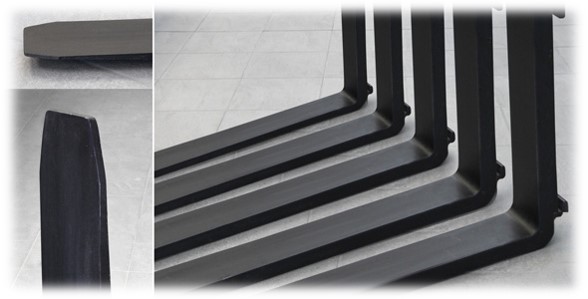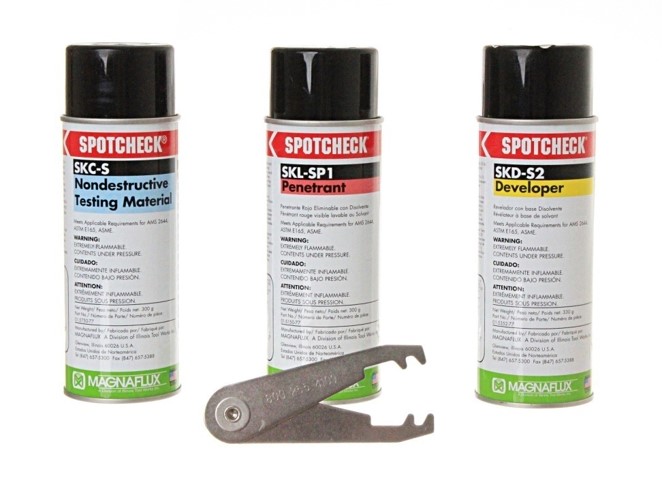Continent
- Africa
- America
- Asia
- Europe
- Oceania
Country/Language
Africa

- Argelia
- Angola
- Benin
- Botsuana
- Burkina Faso
- Burundi
- Camerún
- Cabo Verde
- República Centroafricana
- Chad
- Comoras
- Congo
- Yibuti
- Egypt
- Eritrea
- Etiopía
- Gabón
- Gambia
- Ghana
- Guinea Ecuatorial
- Guinea Republic
- Guinea - Bissau
- Ivory Coast
- Kenia
- Lesotho
- Liberia
- Libya
- Madagascar
- Malaui
- Mali
- Mauritania
- Mauricio
- Marruecos
- Mozambique
- Namibia
- Níger
- Nigeria
- Ruanda
- Sao Tome and Principe
- Senegal
- Seychelles
- Sierra Leona
- Somalia
- Sudáfrica
- Sudán
- Swaziland
- Tanzania
- Togo
- Túnez
- Uganda
- Zambia
- Zimbabue

America

- Argentina
- Belice
- Bolivia
- Brazil
- Canada (English)
- Canada (Français)
- Chile
- Colombia
- Costa Rica
- Cuba
- República Dominicana
- Ecuador
- El Salvador
- Falkland Islands
- Guayana Francesa
- Guadalupe
- Guatemala
- Haití
- Honduras
- Martinica
- México
- Nicaragua
- Panamá
- Paraguay
- Perú
- Saint Barthélemy
- Saint Martin
- Surinam
- United States of America
- Uruguay
- Venezuela

Asia

- Afganistán
- Bahrein
- Bangladesh
- Bután
- Brunei Darussalam
- Camboya
- China (English)
- China
- Hong Kong (English)
- Hong Kong
- India
- Indonesia
- Iran
- Irak
- Israel
- Japan
- Jordania
- Kazajistán
- Kuwait
- Kirguistán
- Laos
- Líbano
- Macao (English)
- Macao
- Malasia
- Maldivas
- Mongolia (English)
- Mongolia
- Myanmar, Burma
- Nepal
- North-Korea
- Omán
- Pakistán
- Filipinas
- Catar
- Arabia Saudí
- Singapore
- South-Korea
- Sri Lanka
- Siria
- Taiwan (English)
- Taiwán
- Tayikistán
- Tailandia
- Turkmenistán
- Emiratos Árabes Unidos
- Uzbekistán
- Vietnam
- Yemen

Europe

- Albania
- Andorra
- Armenia
- Austria
- Azerbaiyán
- Belgium (Deutsch)
- Belgium (English)
- Belgium (Français)
- Belgium (Nederlands)
- Bosnia and Herzegovina
- Bulgaria
- Canary Islands
- Croatia
- Chipre
- Czech Republic
- Dinamarca
- Estonia
- Islas Feroe
- Finlandia
- France & Dom-Tom
- Georgia
- Germany
- Gibraltar
- Grecia
- Groenlandia
- Guernsey
- Hungría
- Islandia
- Irlanda
- Isle of Man
- Italia
- Jersey
- Letonia
- Lituania
- Luxemburgo
- Macedonia
- Malta
- Moldavia
- Mónaco
- Montenegro
- Países Bajos
- Noruega
- Poland
- Portugal
- Rumanía
- San Marino
- Serbia
- Eslovaquia
- Eslovenia
- España
- Suecia
- Suiza
- Turkey
- Ucrania
- Reino Unido






